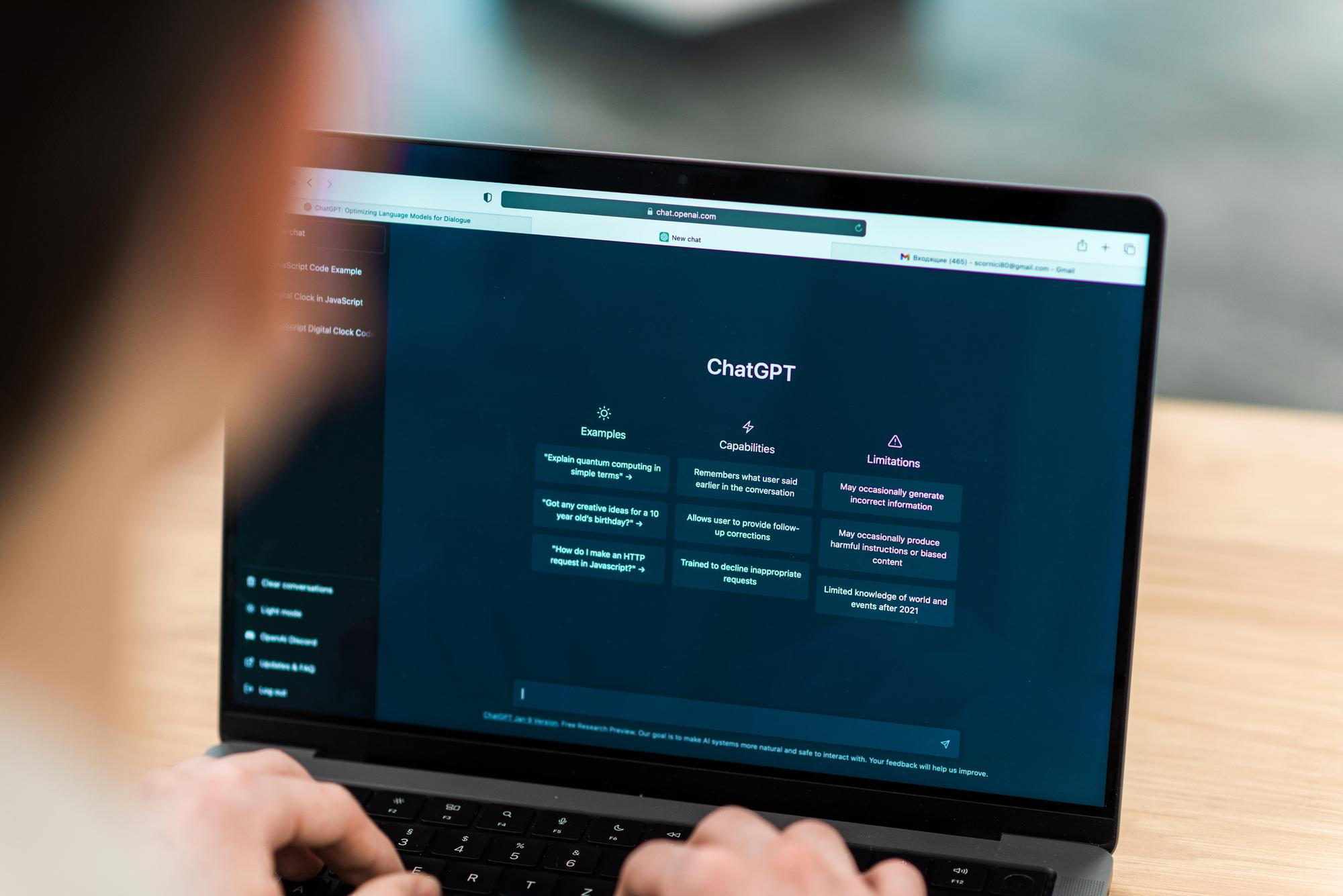 AI
AI
 AI
AI
 AI
AI
ChatGPT creator OpenAI LP today revealed that it’s now possible for customers to fine-tune its underlying GPT-3.5 Turbo model using their own data.
According to the company, this makes it possible for users to create customized models that can potentially match or even exceed the capabilities of GPT-4. Fine-tuning in artificial intelligence refers to the practice of taking a standard model, such as GPT-3.5 Turbo, and providing it with additional data to create a more focused model that can handle very specific tasks.
For instance, customers could create a bot based on GPT-3.5 Turbo that’s trained specifically to provide reliable responses in a specific language, or use concise wording. They could also train it on a specific knowledge base, and use the bot for customer or employee support use cases.
OpenAI has offered fine-tuning for GPT-3 variants such as davinci-002 or babbage-002 for some time, but it’s planning to retire those versions in the coming months.
According to the company, customers who want to fine-tune GPT-3.5 Turbo will get their hands on the base model, which is trained on data from the public internet as it was at the end of September 2021. They’ll then be able to feed it with their own data to enhance its training.
Other use cases for fine-tuned models include creating a bot that’s trained to mimic a brand’s voice for consistency reasons, or a code generator bot that suggests snippets of code for developers. Additionally, fine-tuning makes it possible to shorten text prompts to speed up calls to GPT-3 Turbo’s application programming interface and reduce costs. OpenAI claims some customers have been able to reduce their prompt sizes by up to 90%.
“Since the release of GPT-3.5 Turbo, developers and businesses have asked for the ability to customize the model to create unique and differentiated experiences for their users,” OpenAI wrote in a blog post. “This update gives developers the ability to customize models that perform better for their use cases and run these custom models at scale.”
OpenAI launched GPT-3.5 Turbo earlier this year, saying at the time that it was ideal for applications that aren’t chat-specific. It’s able to handle 4,000 tokens at a time, which is twice as many as what its earlier models are capable of. OpenAI defines “tokens” as the pieces of words, similar to syllables – for example, “fan,” “tas” and “tic” constitutes three tokens that make up the word “fantastic.” Tokens play an important role in fine-tuning.
“Before the API processes the prompts, the input is broken down into tokens,” OpenAI explains. “These tokens are not cut up exactly where the words start or end — tokens can include trailing spaces and even sub-words.”
For customers who want to fine-tune GPT-3.5 Turbo, pricing is $0.0080 per 1,000 tokens for training, $0.0120 per 1,000 tokens for input usage, and $0.0120 per 1,000 tokens of the chatbot’s output. Therefore, someone looking to fine-tune the model with a training file of 100,000 tokens, or approximately 75,000 words, could expect to pay about $2.40.
GPT-3.5 Turbo isn’t the most advanced AI model offered by OpenAI. That honor goes to GPT-4, which debuted in June and also understands images as well as text. It cannot be fine-tuned just yet, but OpenAI said it’s planning to make this available customers later this year.
Support our mission to keep content open and free by engaging with theCUBE community. Join theCUBE’s Alumni Trust Network, where technology leaders connect, share intelligence and create opportunities.
Founded by tech visionaries John Furrier and Dave Vellante, SiliconANGLE Media has built a dynamic ecosystem of industry-leading digital media brands that reach 15+ million elite tech professionals. Our new proprietary theCUBE AI Video Cloud is breaking ground in audience interaction, leveraging theCUBEai.com neural network to help technology companies make data-driven decisions and stay at the forefront of industry conversations.